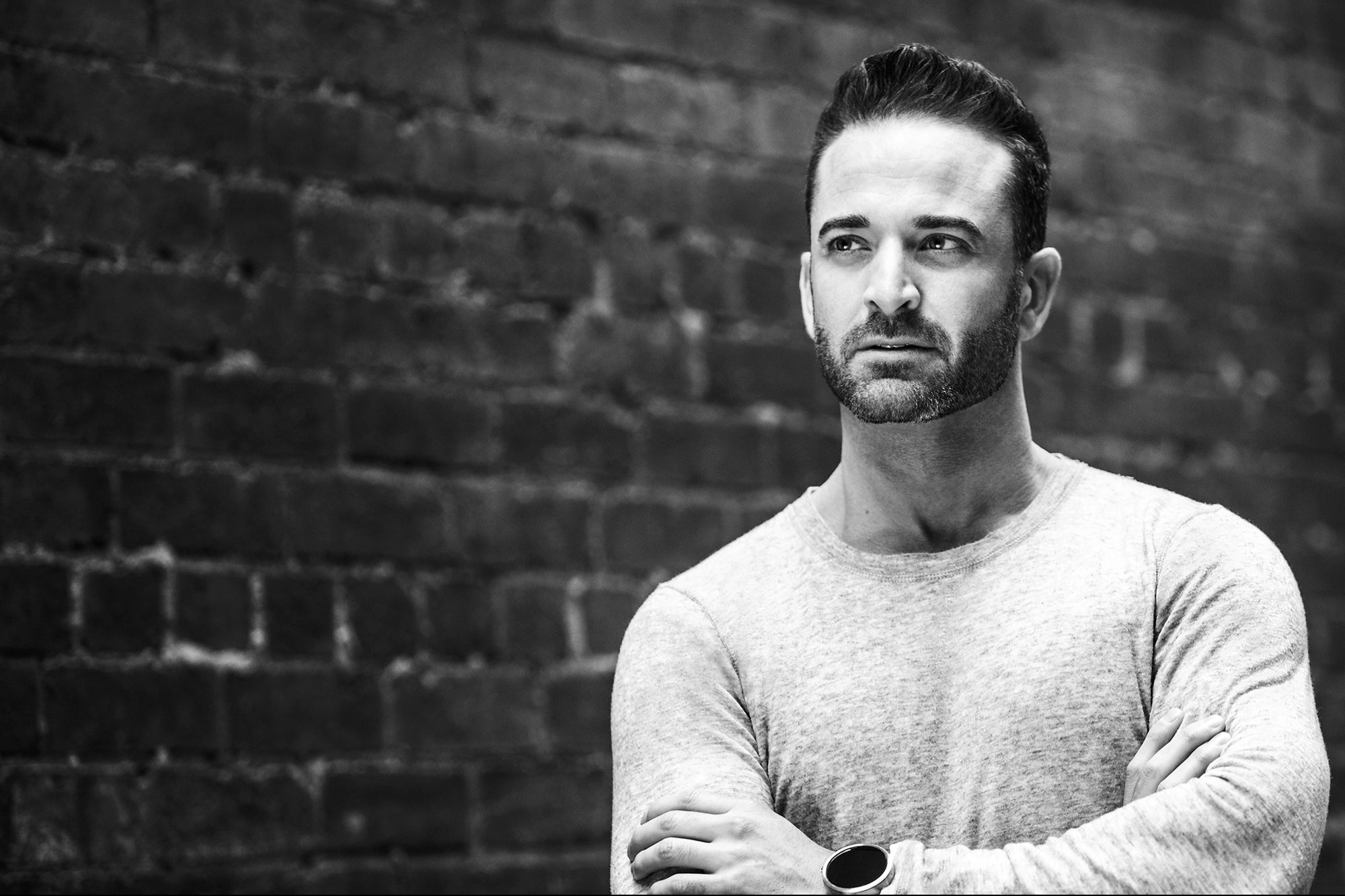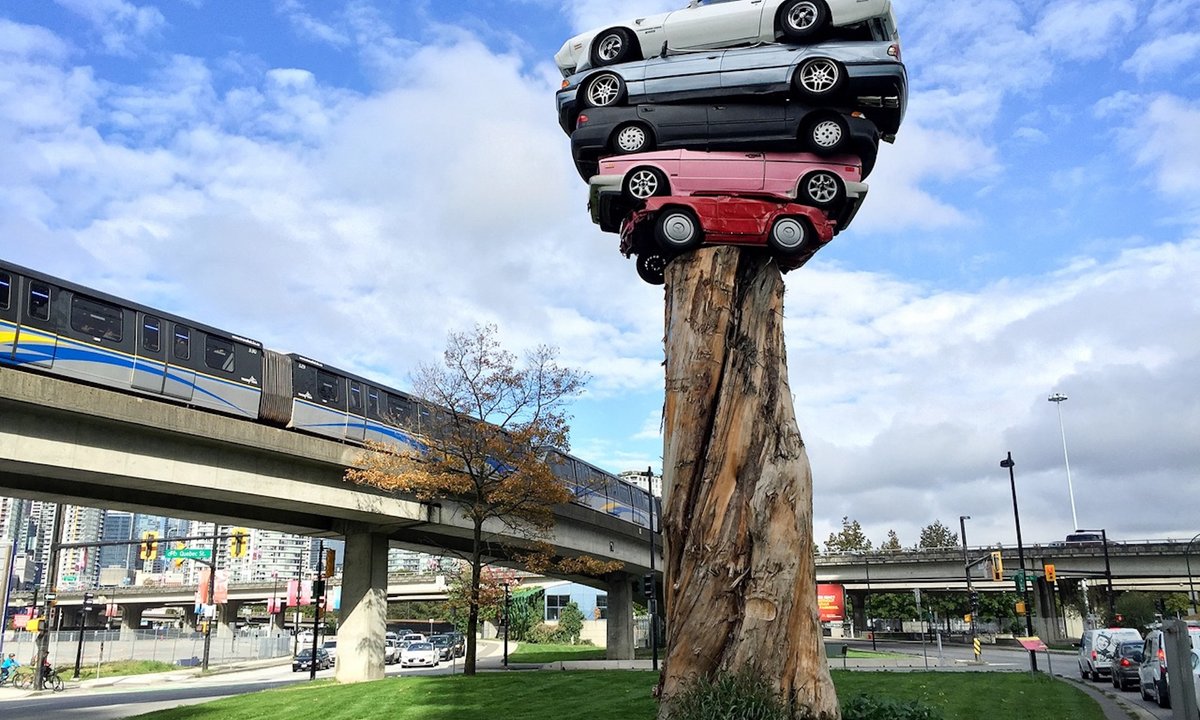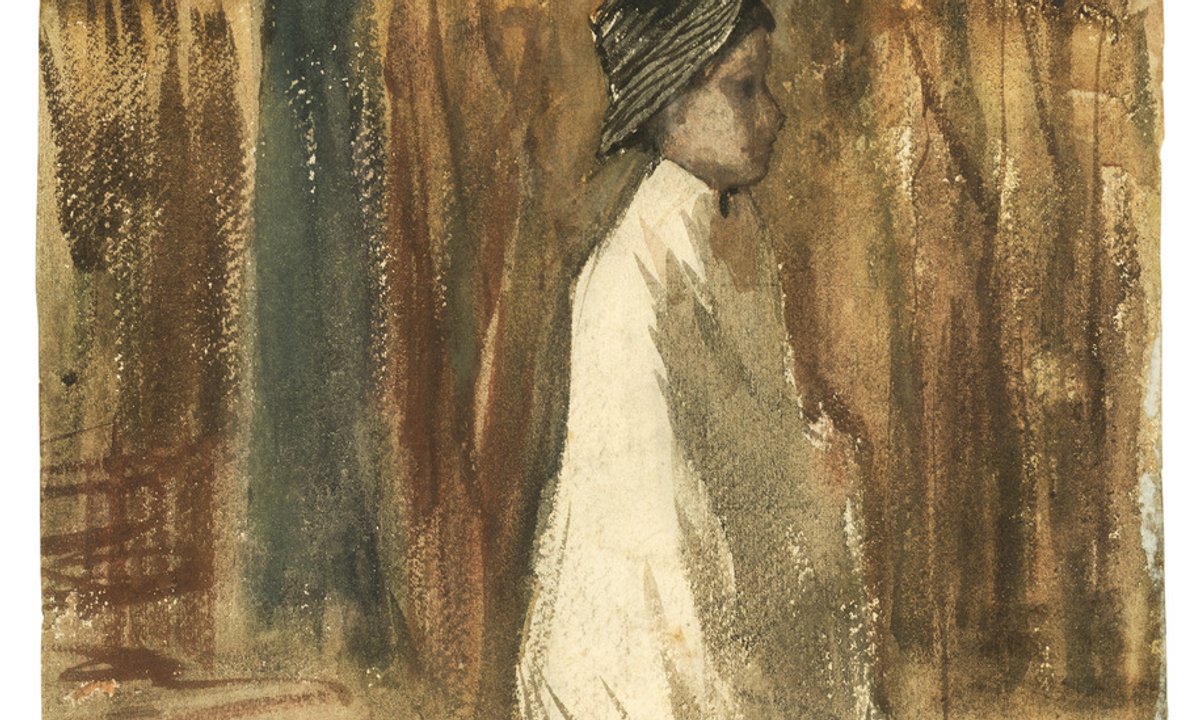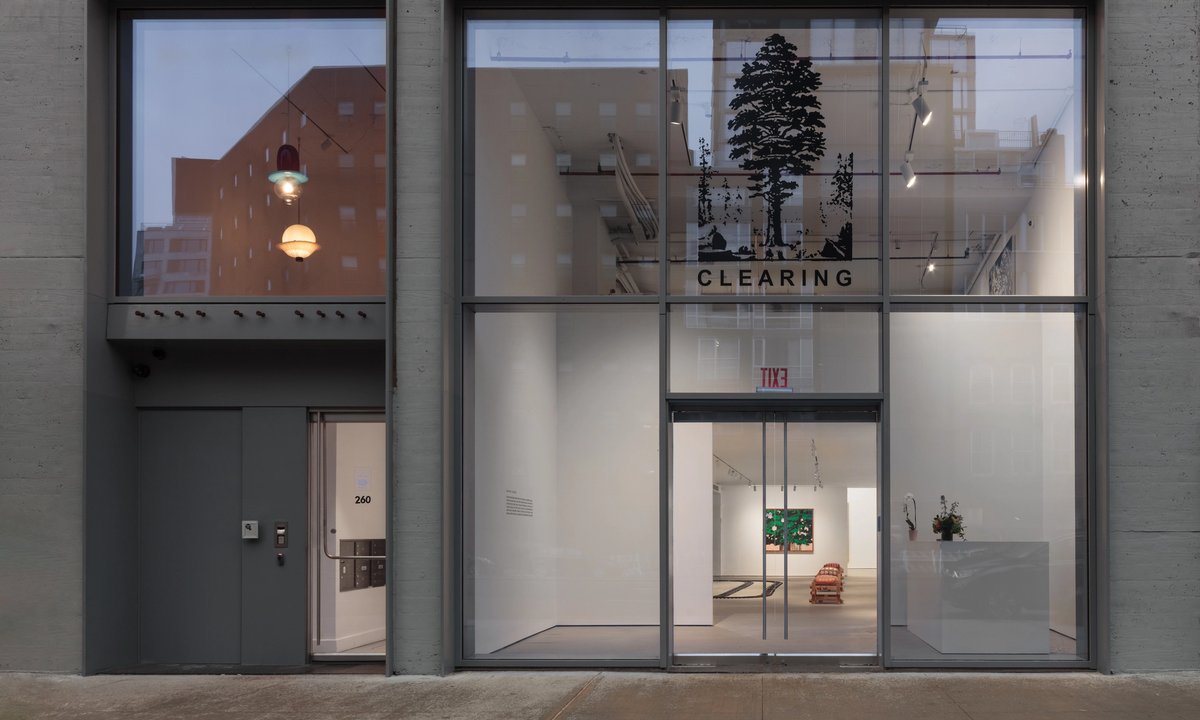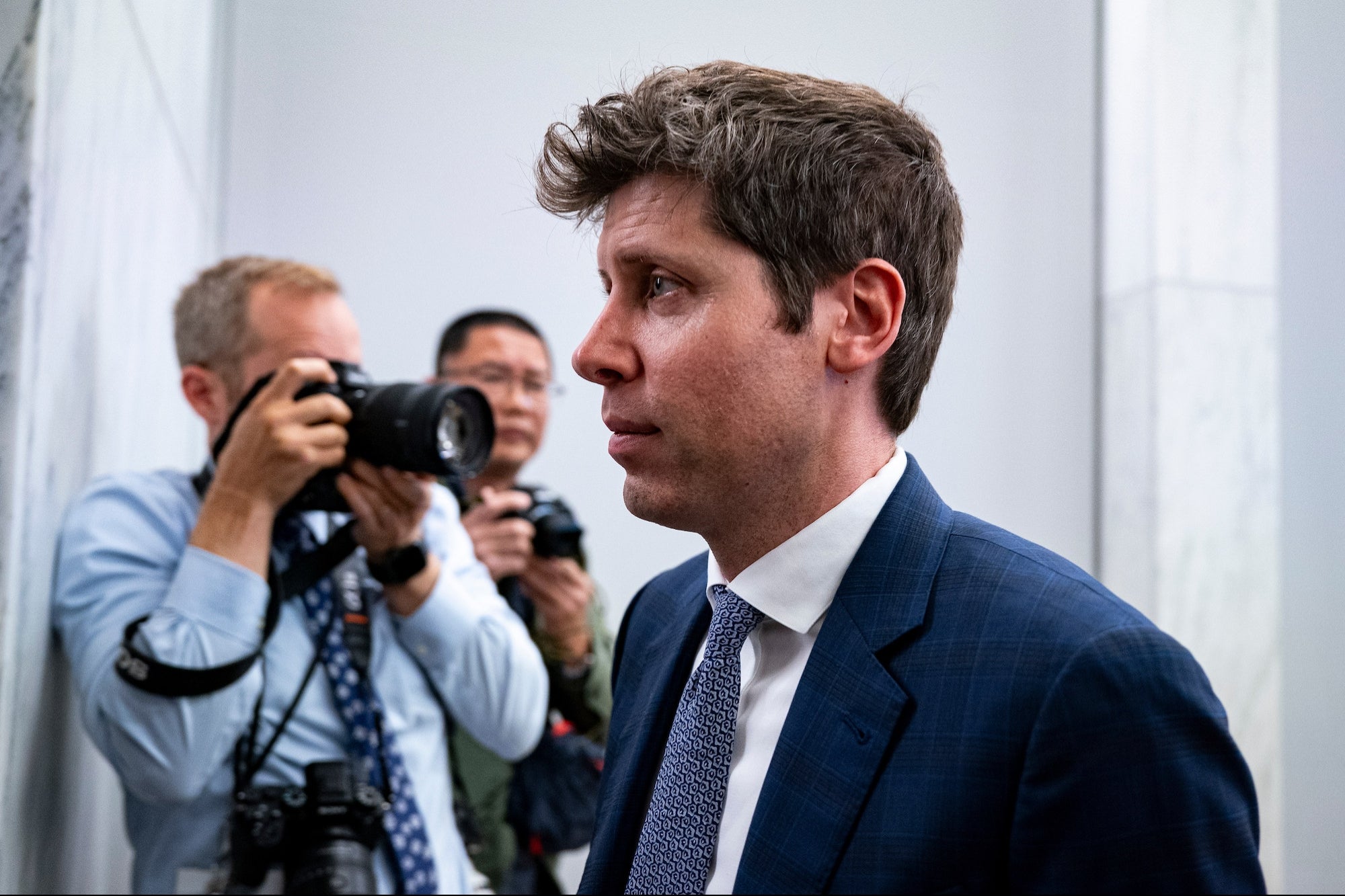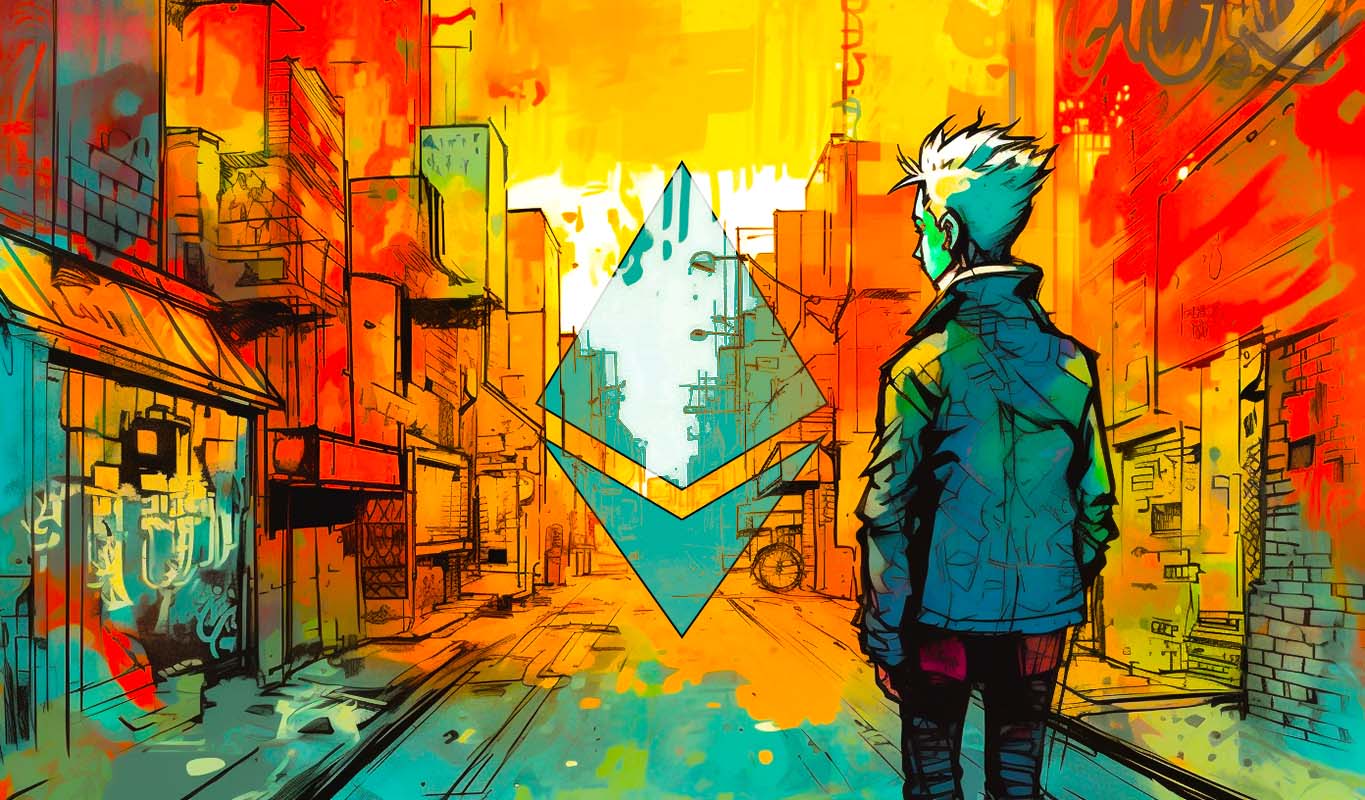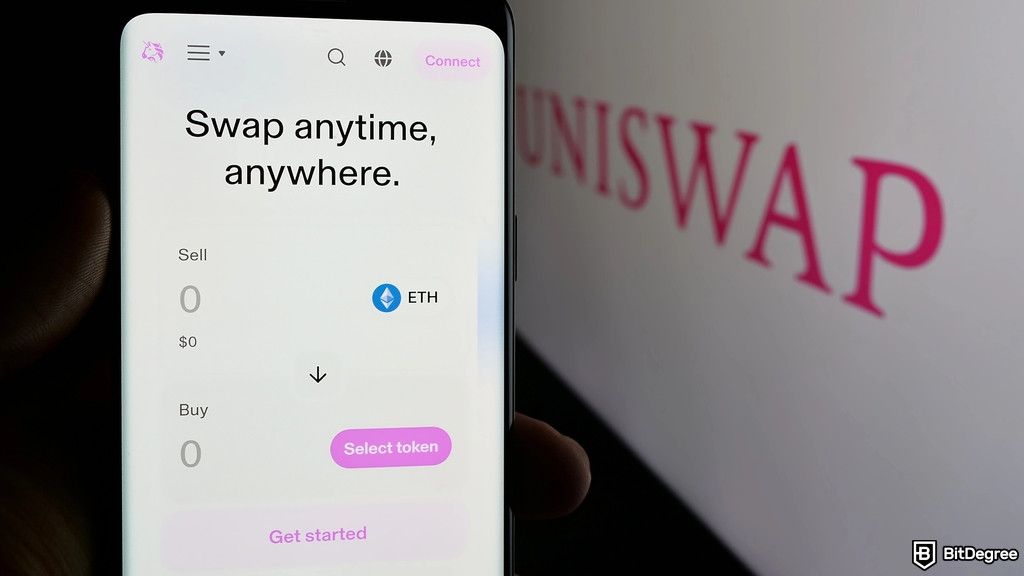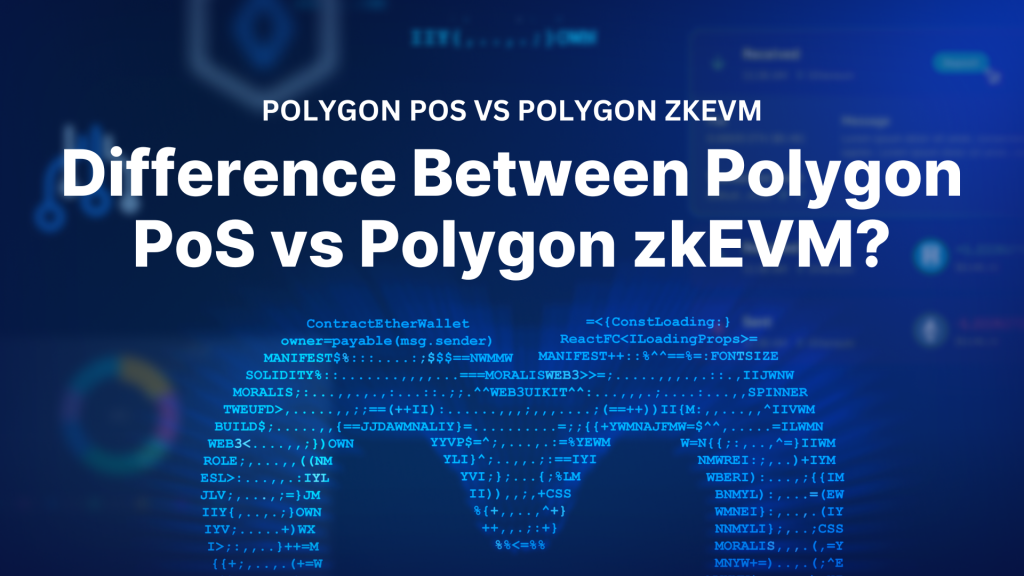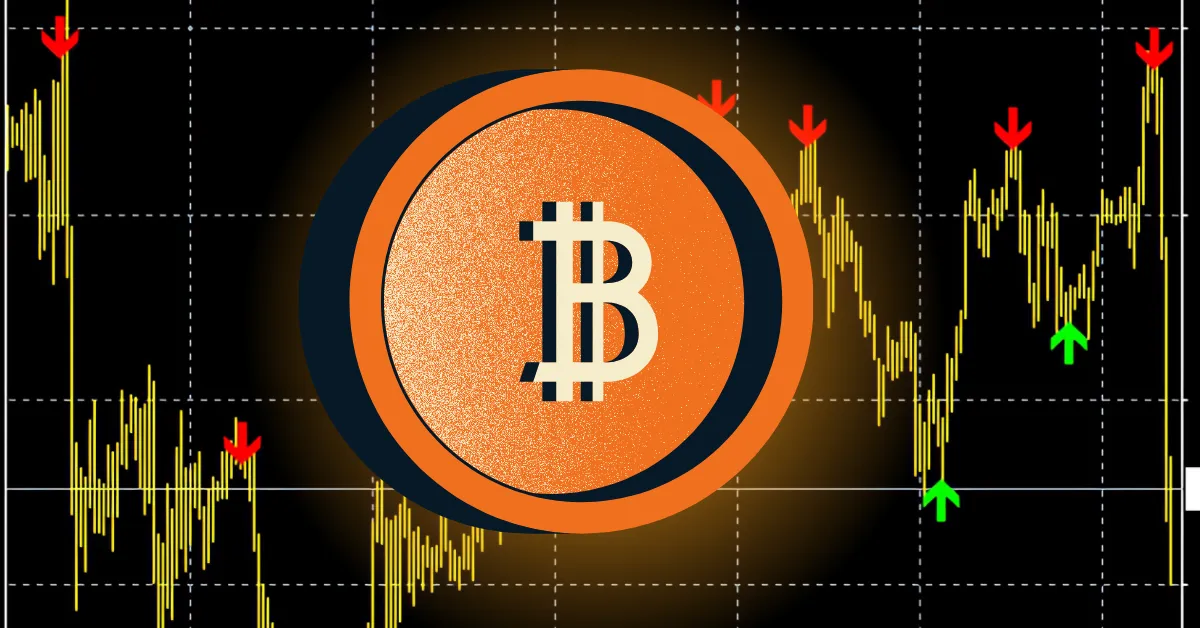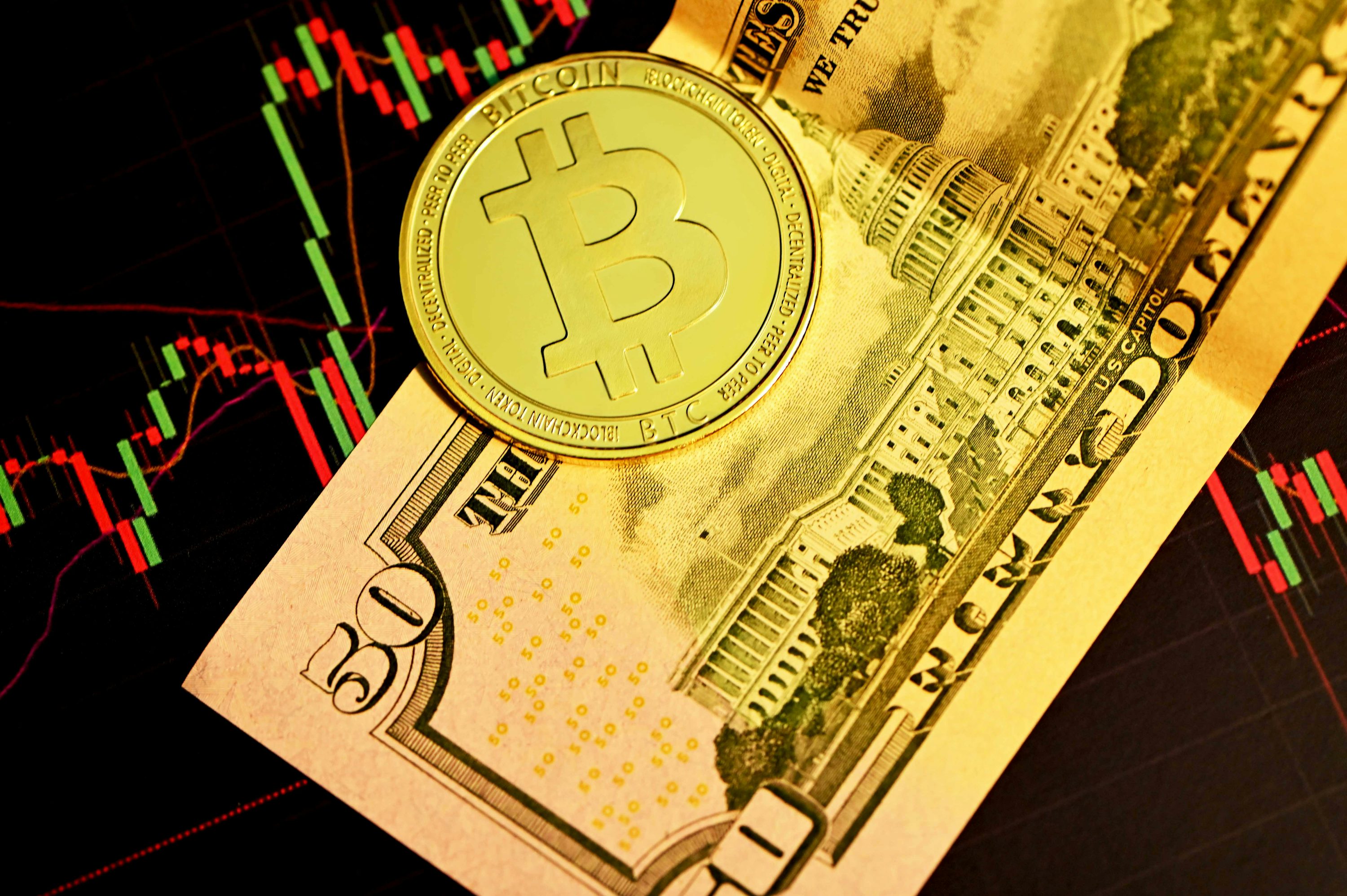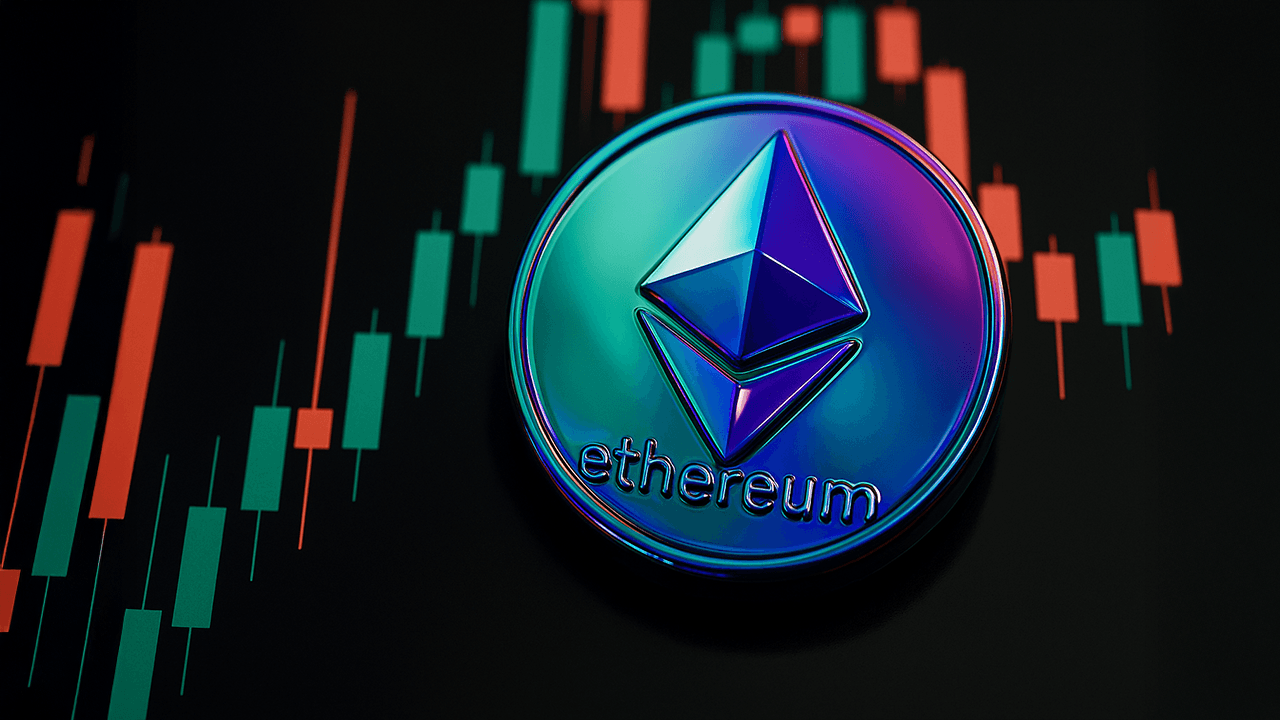On 20 July, Mexico City’s second anti-gentrification protest caused damage to Museo Universitario Arte Contemporáneo (Muac) and the nearby Julio Torri bookstore. Broken glass, graffiti and burnt books were casualties of a growing movement demanding housing access and rent regulation.
The movement, on occasion marked by anti-foreign sentiment (mainly anti-US), saw three protests in just one month. However, vandalism—likely caused by the infiltration of disruptive groups known as black bloc—has shifted focus away from legitimate housing demands in Mexico’s most expensive city.
Gentrification
Gentrification in Mexico City is not new, but it has accelerated since the Covid-19 pandemic, mostly in La Condesa and Roma—neighbourhoods popular with Americans and Europeans—where rents have surged by 80% since 2020. Rising prices have also reached areas like Xoco, Tabacalera and Santa María la Ribera.
“Lack of affordable new housing, urban planning issues, touristification through platforms like Airbnb and digital nomads are key drivers,” Arturo Aispuro, an urban planning expert, tells The Art Newspaper. The wider issue, tangentially related to the local art scene and foreign artists and galleries settling in, is far more complex.
“Gentrification is not involved in every urban shift,” says Lorena Umaña, an urban sociologist at México’s National Autonomous University (Unam). She emphasises that neighbourhood-specific factors are at play here. Addressing the crisis, experts say, requires analysis and regulation.
“Gentrification is not inevitable,” Aispuro says. “It results from policy and economic choices and can be regulated by balancing investment, housing and cultural preservation.”
Although city authorities have proposed mitigating measures, Umaña considers them insufficient. “They should involve a multidisciplinary participatory approach,” she says, “like those of Berlin or Barcelona, where policies have yielded results.”
Preliminary repairs to Muac’s façade Photo: Barry Domínguez
Protests and vandalism
The 20 July protest followed an earlier demonstration in La Condesa and Roma that caused damage to businesses and confrontations, condemned by authorities due to its xenophobic rhetoric. It was joined by anti-gentrification groups and Tlalpan residents opposing a new development near Fuentes Brotantes natural reserve, as well as others mad about projects related to the upcoming 2026 Fifa World Cup.
At one point, city police blocked the march’s planned route. Dozens of alleged black bloc members diverted to Unam’s University Cultural Centre, home to concert halls and theatres. The redirection may have been tied to Unam’s autonomous status: city police are not allowed inside without invitation, and the campus has its own security. Summer break, when the museum was closed, may have also contributed to the decision.
Protesters broke into the library, shattered parts of Muac’s glass façade and spray-painted slogans on the façade, esplanade and a public sculpture: “Muac welcomes gringos”, “Gringo go home”, “Mexico for Mexicans” and “Free Palestine”, among others.
The incident sparked outrage from the art community, including the artist Magali Lara, who has an exhibition currently on view at Muac. “We condemn these acts and demand clarity on their origins, as similar actions in past peaceful protests suggest unpunished infiltration by violent groups,” reads a statement signed by more than 150 cultural figures. Aispuro and Umaña also contend that vandalism undermines the cause’s valid concerns.
This is not the first time Muac, one of Mexico’s leading art institutions, has been targeted. In October 2024, protesters against the Argentine artist Ana Gallardo’s exhibition there spray-painted the building’s façade, prompting a museum apology and dialogue.
But this time is different. “The attack was circumstantial, yet they did not stop when reaching a cultural institution unrelated to their demands,” says Tatiana Cuevas Guevara, Muac’s director. “What shocked us most was that, despite Muac’s long history of critically engaged programming and political dialogue, it was attacked, ignoring our core mission.” She notes that both the museum and Unam have previously addressed gentrification and other pressing local issues.
Muac reopened on 30 July, announcing enhanced community outreach: free admission for Unam students, extended hours and open-access on Thursday evenings. “We believe what we do is important,” Cuevas says. “Dialogue is essential.”
The fourth anti-gentrification protest is set for tomorrow (9 August) at Unam’s rectory. It is described by organisers as “the first anti-gentrification and dispossession symposium”. Hopefully, dialogue will prevail.

